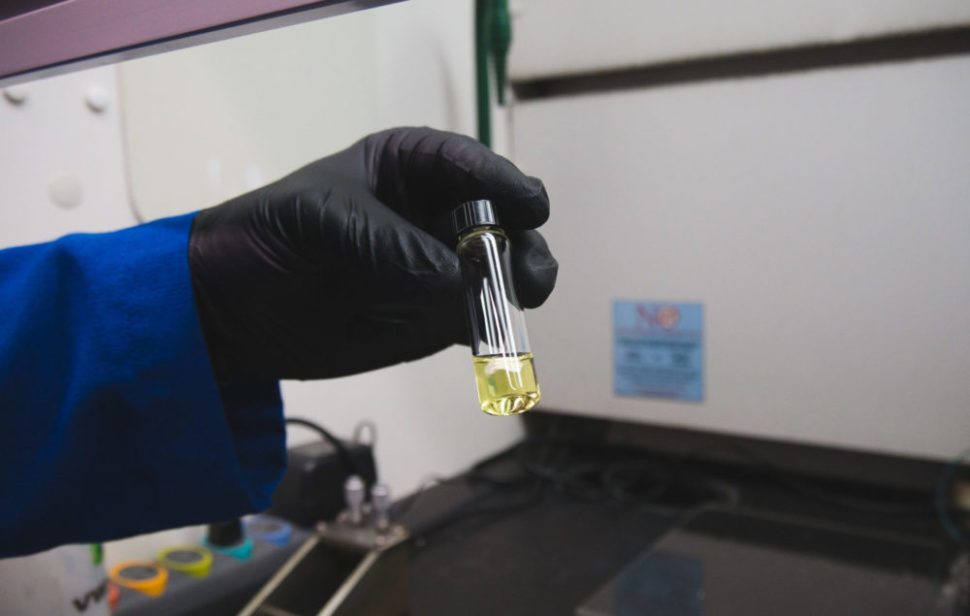Researchers from the University of California Berkeley created a protein mat capable of soaking up chemical contaminants.
The scientists reportedly found a way to keep proteins alive even outside of a cell. These proteins were then used to create the mat which has the same chemical and physical characteristics of living systems.
The researchers described their work in a new paper that has been published in the journal Science.
“We think we’ve cracked the code for interfacing natural and synthetic systems,” Ting Xu, one of the authors of the study and a professor in the Department of Materials Science and Engineering and the Department of Chemistry in U.C. Berkeley, said.
Creating the Protein Mat
Naturally, proteins fall apart when removed from the cell environment. Researchers said that this vulnerability is because proteins depend on other proteins within the cell to keep them healthy.
As a solution to this dilemma, Xu and his team developed a polymer that can provide the structural support required by the proteins. For them to be able to tweak the polymer’s makeup, the researchers reportedly studied the sequencing of different proteins.
“Proteins have very well-defined statistical pattern, so if you can mimic that pattern, then you can marry the synthetic and natural systems, which allows us to make these materials,” Xu said in a statement.
According to their paper, the researchers combined four monomers that were designed to support the structural stability of the proteins’ parts. The combined monomers, dubbed as heteropolymer or RHP, act like structural proteins inside each cell.
Scientists from Northwestern University in the United States then ran some molecular simulations to know if the RHP would work together with protein surfaces. They wrapped the RHP around protein surfaces found in organic solvents and “weakly” in water. This resulted in the correct protein folding and non-native environment stability.
After the simulations, they combined the RHP with a protein known as organophosphorus hydrolase or OHP to test whether RHP can be used to create protein-based materials for soaking up toxic chemicals.
The new material called a protein mat was observed by the researchers to degrade the toxic organophosphates commonly found in insecticides and other chemical warfare agents.
Xu and his team’s work allegedly opens new possibilities to create larger protein mats capable of soaking up chemical contaminants in dangerous places like war zones.
“Our study indicated that the approach should be applicable to other enzymes. This may make it possible to have a portable chemistry lab in different materials,” Xu went on to say.



















Comments (0)
Least Recent